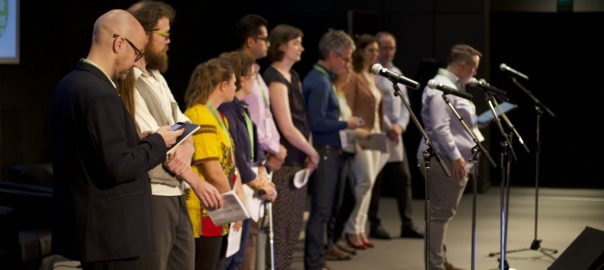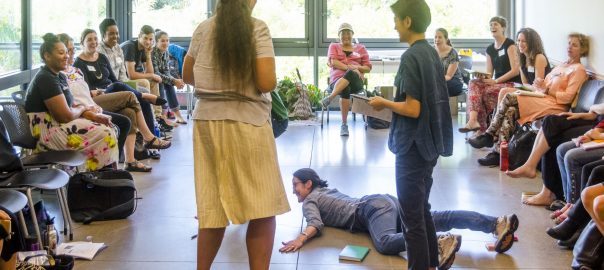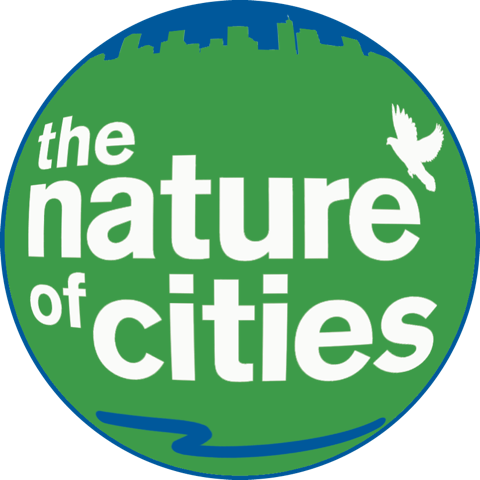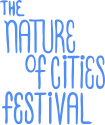More by this author at The Nature of Cities
-

Nature-Based Solutions in Education: If the benefits are clear, why isn’t it mainstream?
-

The goal is to mainstream Nature-based Solutions, by widening public acceptance and making it the standard and default practice of urban design. What will it take to get there?
-

Covid has upended all the normal routines in our lives and work. How do you imagine you might be changed by it, both professionally, but also personally as you negotiate a new post-virus “normal”?
Africa, Awareness, Biodiversity, Climate change, Communities, Conservation, Covid-19, Culture, Disasters/Red zone, Economics, Ecosystem services, Europe, Experiencing Nature, Green Infrastructure, Health, Justice, Livability, North America, Parks, Participation/Democracy, Planning, Pollution, Resilience, South America, Sustainability, Wildlife People Interactions -

National Park City: What if your city were a National Park City, analogous to what London created? What it would be like? What would it take to accomplish?
-

The spirit of Dada welcomes you to TNOC Summit: What is the nature of the city of our dreams?
-

What I mean when I talk about collaboration. What is a specific experience collaborating on a project with someone from a different discipline or “way of knowing”?

